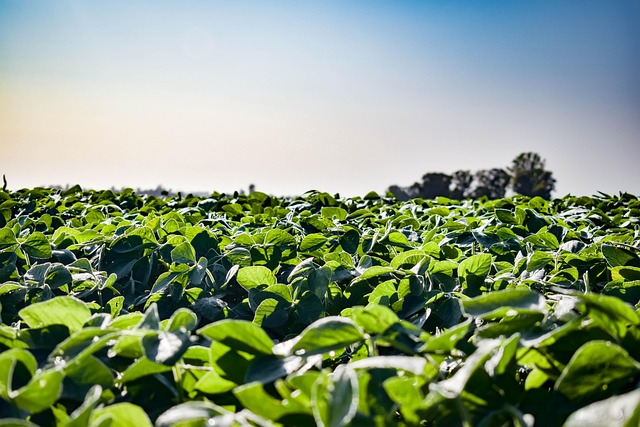Did you know that the world consumes over 760 million tons of wheat each year? More and more people want fresh, home-grown food. Wheat farming can be surprisingly easy, even for beginners. Growing your own wheat gives you tasty grains. You also get total control over quality and sustainable food source. This guide shows you how to grow wheat at home, step by step. We’ll cover everything to get you started.
Understanding Wheat Varieties and Climate Needs
Wheat comes in many types, like spring and winter wheat. There’s also hard and soft wheat. Spring wheat plants in the spring and harvests in the late summer. Winter wheat plants in the fall and harvests in the spring. Hard wheat makes good bread, while soft wheat works well for pastries. Knowing the climate is important. Some wheat grows better in cold areas, others in warm climates.
Choosing the Right Wheat Variety for Your Region
Picking the right wheat matters a lot. Hard red winter wheat thrives in the Great Plains. It handles cold winters well. If you live in the Pacific Northwest, try soft white wheat. It likes mild, wet winters. Consider disease resistance too. Some types fight off common wheat problems better than others. Look at yield potential for a better crop.
Optimal Climate and Soil Conditions for Wheat Growth
Wheat likes temperatures between 60°F and 75°F. It needs around 12-15 inches of rain each year. The best soil for wheat is well-drained and loamy. Aim for a pH level between 6.0 and 7.0. Soil needs good drainage. Wheat also needs lots of sunlight. A good six to eight hours per day will help it grow strong.
Preparing Your Land for Wheat Planting
Good preparation is vital for wheat. Soil testing shows any problems. Tilling helps air get into the soil. It also creates a good place for seeds to grow. Let’s get into land preparation.
Soil Testing and Amendment
Test your soil first. You can buy a kit or send a sample to a lab. The test shows if you need more nutrients. If your soil lacks nutrients, add some. Compost helps a lot. You might also use fertilizer. Follow the instructions on the fertilizer bag. Add these based on what the test says. Doing this makes sure your wheat grows well.
Tilling and Creating a Seedbed
Tilling loosens soil. This lets air and water reach the roots. Conventional tilling uses a plow. This can disturb the soil. No-till methods leave the soil alone. This protects the ground. For a seedbed, make the surface firm and level. Get rid of any weeds before planting. A smooth seedbed helps seeds grow better.
Planting and Nurturing Your Wheat Crop
Now it’s time to plant and care for your wheat. Use correct seeding rates for the best results. Watering and fertilizing at the right times are important. Don’t forget to control weeds and pests to keep your wheat healthy.
Seeding Techniques and Timing
Plant spring wheat in early spring. Plant winter wheat in the fall. Aim for a depth of about 1-2 inches. Use around 60-120 pounds of seed per acre. Or about 1.5-3 seeds per square foot. Correct timing and depth helps good germination.
Watering, Fertilizing, and Weed Control
Water wheat when the soil feels dry. Water more when the plants are young. Use a fertilizer with nitrogen, phosphorus, and potassium. Apply it before planting or when plants are small. Control weeds by hand. You can also use herbicides. Organic options include mulching.
Harvesting and Storing Your Wheat
Harvest when the wheat is ready. Threshing separates the grains. Store wheat properly to prevent spoilage. Good harvesting and storage means good wheat.
Determining Harvest Readiness
Wheat is ready when the grains are hard and dry. They should be golden brown. Do the thumbnail test. If you can’t dent the grain with your nail, it’s ready. Moisture content should be around 13%.
Harvesting and Threshing Techniques
You can harvest wheat by hand. Use a sickle or scythe to cut the stalks. Small machines can also help. Threshing separates the grain from the chaff. You can do this by flailing. Small threshing machines are also available.
Drying and Storing Your Wheat
Dry your wheat to avoid mold. Spread it on a tarp in the sun. Or use a grain dryer. Store wheat in airtight containers. Keep it in a cool, dry place. Aim for a humidity level below 12%. This keeps your wheat fresh for a long time.
Conclusion
Growing wheat at home is doable. Pick the right wheat, prepare the soil, and plant wisely. Care for your crop and harvest at the right time. Store your wheat carefully. Home-grown wheat is rewarding. So, why not start your wheat farming adventure? Check with your local agricultural extension office for more information. You can also find books and online resources.



